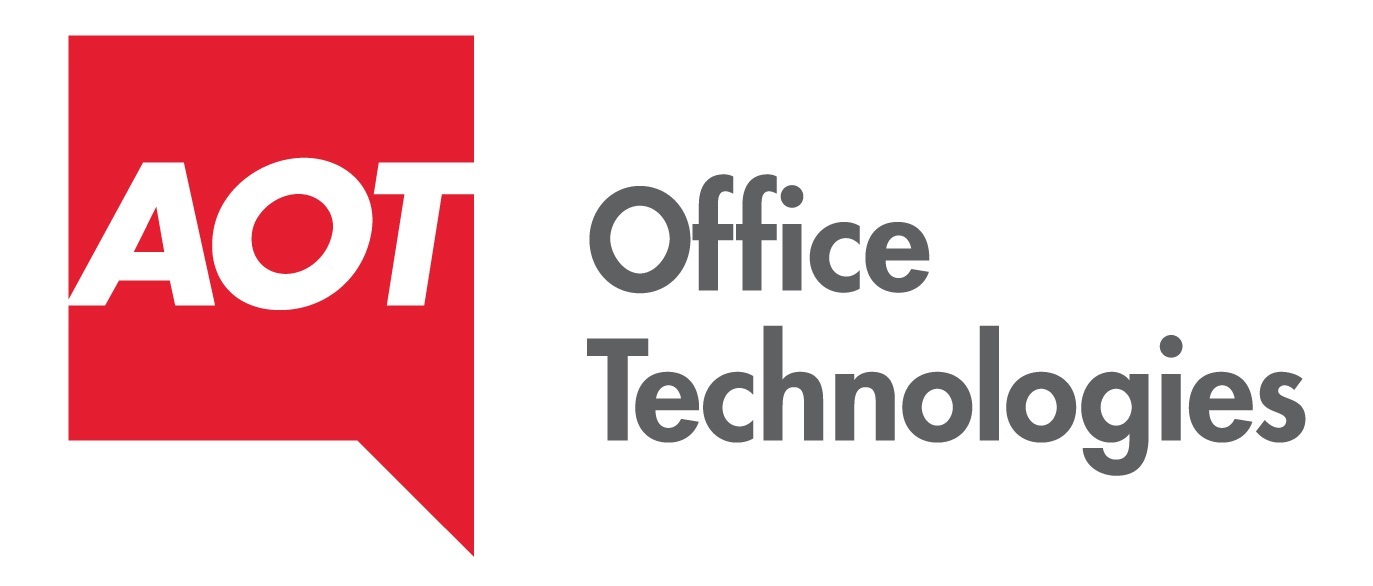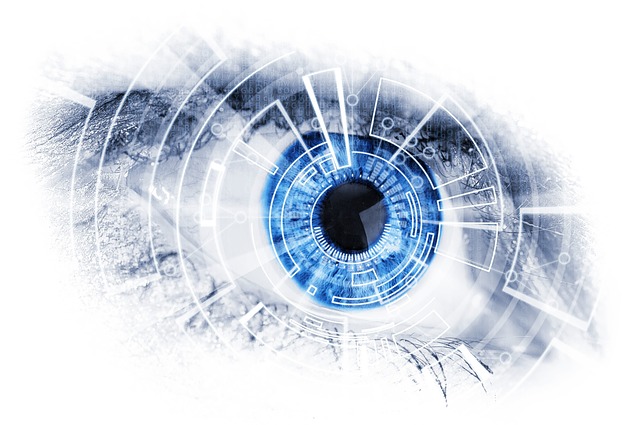We all know the “F-word” won’t fly at work or school, but what about the “F-pattern”? Research has found that people visually scan digital content in a variety of ways, one of which being in a shape that resembles the letter “F.” This F-shaped pattern, as well as other common scanning patterns, applies to web content and mobile devices.
While the research on this eye-tracking phenomenon isn’t new, it was discovered in 2006, the application is more relevant than ever in today’s digital world. Basically, digital users are ignoring large chunks of content as research has determined a systematic way information is being viewed.
With the F-pattern of reading, your audience begins with a horizontal movement of the content area. Next, the reader will move down the page viewing content horizontally once again, but to a lesser degree. Finally, the left side of the content area is viewed in a slower, vertical pattern, according to eye-tracking heat mapping.
This means that unless you can get your message across to your audience within the first few lines of text, it likely won’t be received entirely. Just think of how much content and data your audience, whether that be customers, employees or students, are missing with digital eye-tracking!
How To Combat The F-Pattern
Now that you are aware of digital scanning techniques, you are likely wondering how to remedy the issue of “lost” content. The answer is surprisingly simple! Printed materials are consumed by users differently than digital. Meaning that while the message of your digital content may not come through as intended, printed materials are read more thoroughly.
Printed content is read in a traditional left to right manner, mimicking how you read from a book. Think of it this way, if you were in the middle of a great book, you’d never just scan the text. Likewise, hard-copy printed materials are read by the user in the same manner as a printed book. Generally speaking, people engage with printed materials at a higher level than digital content. For many users, tangible, printed materials are the preferred method and significantly aid in memory recall.
Isn’t Printing “Bad” For The Environment?
With printed content overwhelmingly being the stronger source of messaging, the choice is clear. Yet, you may be concerned about the effect excessive printing could have on the environment. The paper industry often gets a reputation for negative environmental impact, but that’s not necessarily true.
There’s a common misconception that using paper is “bad” because it destroys forests. While paper does require cellulose pulp and fibers, found in trees, modern paper companies don’t function like loggers of the past. Sustainable, managed forest areas are how paper manufacturers operate these days. For every tree cut down, several more are planted, or are naturally grown, in its place.
The overall forested land in the United States, remains at 750 million acres, with no significant decrease over the past 100 years. In fact, the US Forest Service reports that more than 4 million trees are planted on a daily basis, with paper products representing less than 10 percent of all logging. Paper is a renewable resource that you can feel comfortable utilizing, when you need to have your message heard (or read, in this case).
The bottom line is that readers have become accustom to digital scanning practices. If you want your audience to read, comprehend and recall your message, printed materials are the way to go. Need help determining the best printing devices for your organization? AOT is passionate about office technology and would love to chat, reach out today!

